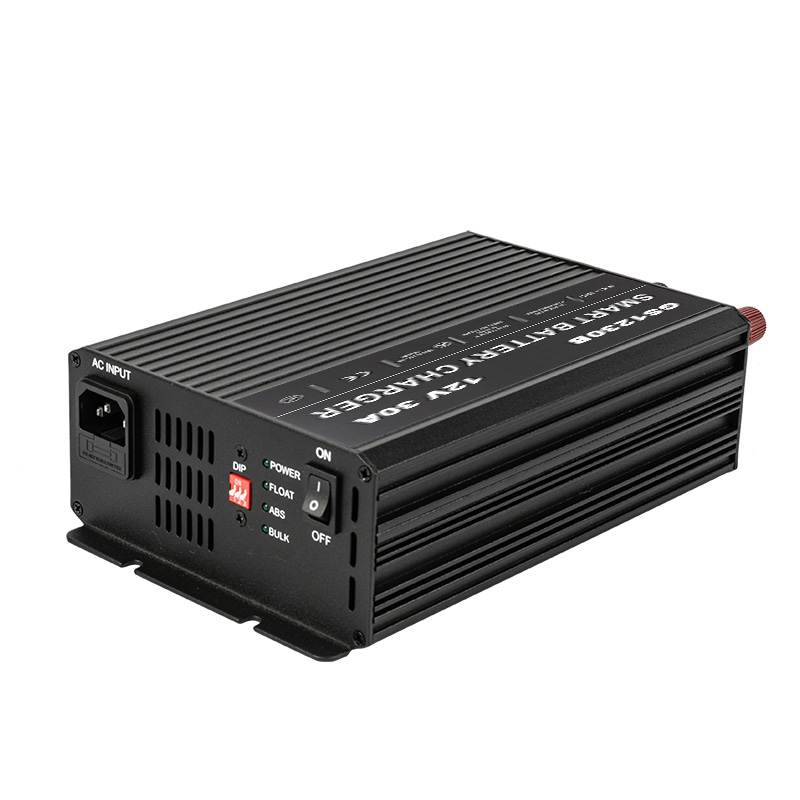Bridging Currents: The Crucial Role of a Rectifier in AC to DC Battery Chargers
2023-12-29
Introduction:
In the complex world of electrical systems, the transition from alternating current (AC) to direct current (DC) is a fundamental step in charging batteries. At the heart of this conversion process lies the rectifier, a crucial component in AC to DC battery chargers. In this blog, we explore the indispensable role of a rectifier in these chargers, shedding light on its function and significance in facilitating efficient and safe battery charging.
1. Defining the Rectifier:
- Function: A rectifier is an electrical device that converts alternating current (AC) to direct current (DC). In the context of AC to DC battery chargers, the rectifier serves as the bridge that transforms the fluctuating flow of AC power into a steady and unidirectional current suitable for charging batteries.
2. The Structure of a Rectifier:
- Diodes: The core components of a rectifier are semiconductor devices known as diodes. Diodes allow current to flow in one direction while restricting it in the opposite direction, enabling the conversion of AC to DC.
3. The Role of a Rectifier in AC to DC Battery Chargers:
- Conversion of AC to DC: The primary function of the rectifier in an AC to DC battery charger is to convert the incoming alternating current into direct current. This transformation is crucial because most batteries, including those used in cars, electronic devices, and power systems, require a direct current for charging.
4. Types of Rectifiers:
- Half-Wave Rectifier:
- Utilizes only half of the AC waveform, resulting in pulsating DC.
- Less efficient and used in simpler applications.
- Full-Wave Rectifier:
- Utilizes both halves of the AC waveform, producing a smoother DC output.
- More efficient and commonly employed in AC to DC battery chargers.
- Bridge Rectifier:
- A configuration of diodes that allows for full-wave rectification.
- Efficient and widely used in AC to DC chargers for its ability to provide a consistent and stable DC output.
5. Ensuring a Steady DC Output:
- Smoothing Capacitor: In conjunction with the rectifier, AC to DC chargers often include a smoothing capacitor. This capacitor helps minimize the ripple effect in the DC output, ensuring a more stable and consistent voltage for charging batteries.
6. Efficiency and Voltage Regulation:
- Efficiency: A well-designed rectifier contributes to the overall efficiency of the charging process, minimizing energy losses during the conversion from AC to DC.
- Voltage Regulation: The rectifier plays a role in regulating the voltage to meet the specific requirements of the charging process, preventing overcharging and ensuring the safety of the battery.
7. Adaptability to Charging Algorithms:
- Charging Profiles: AC to DC battery chargers often incorporate charging algorithms with multiple stages. The rectifier works seamlessly with these algorithms, adapting to the varying voltage and current requirements at each stage of the charging process.
8. Rectifier Design and Reliability:
- Heat Dissipation: Efficient heat dissipation is crucial in rectifier design to ensure reliable and continuous operation. Overheating can degrade the performance of the rectifier and, in the long term, affect the overall reliability of the charging system.
Conclusion:
In the intricate dance of electrical currents that power our devices and vehicles, the rectifier emerges as a silent yet pivotal player. Serving as the bridge between alternating and direct currents, the rectifier in AC to DC battery chargers ensures a smooth and efficient flow of power. Its role in converting AC to DC, managing voltage regulation, and adapting to sophisticated charging algorithms is integral to the health and longevity of batteries. As we plug in our chargers to replenish the energy in our essential power sources, let's appreciate the silent conductor, the rectifier, that orchestrates the harmonious transition of currents, powering the devices that drive our modern lives.



